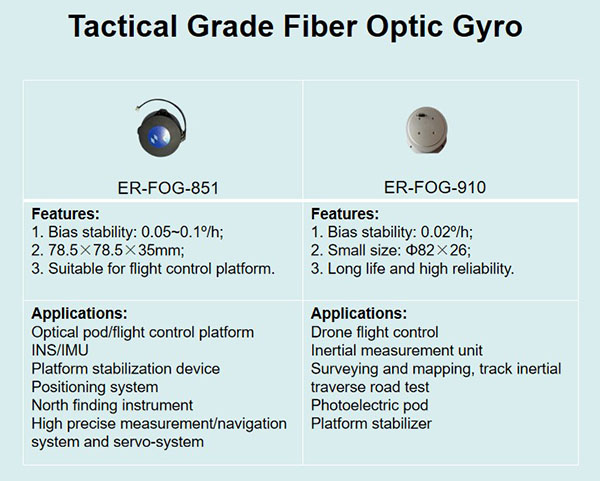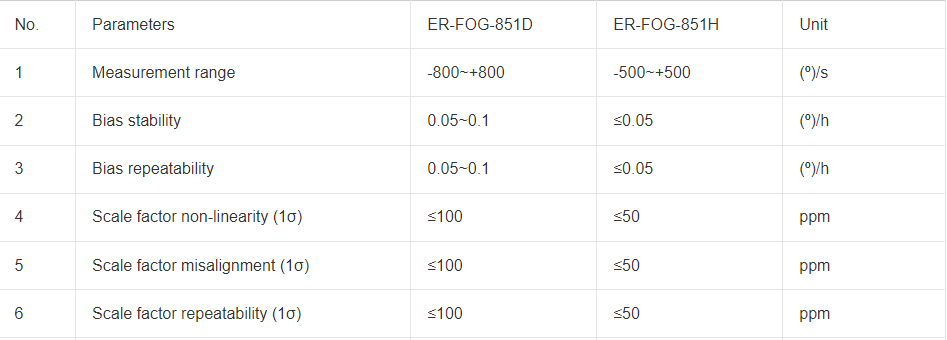A gyroscope is a sensor used to measure angular velocity. Its core function is to sense the rotational motion and attitude changes of an object. It can be applied to various fields that require navigation, positioning or stable control.
ER-MG-057, as a high-performance single-axis MEMS gyroscope (angular velocity sensor), has become an ideal choice for many professional fields due to its excellent performance and reliable design.
ER-MG-057 - Born for precise navigation and stable control in harsh environments
**Precise measurement and stable output**
Wide range: ER-MG-057 has a wide range of measurement up to ±400°/s, which can meet the angular velocity monitoring needs of various dynamic scenes, covering high-speed rotation scenes (such as drone maneuvers and high-speed operation of robotic arms).
Excellent stability: tactical-level high precision, zero bias instability as low as 1°/hr, angle random walk (ARW) 0.2°/√hr, 0.1dps ultra-low noise, 200Hz bandwidth combined with 2kHz data output rate, real-time capture of instantaneous angular velocity changes, and response delay of only 2ms.
**High integration and high reliability**
Ceramic LCC surface mount package, with airtight packaging to protect the core MEMS structure, is only 11x11x2mm in size, easy to integrate into various systems, and RoHS certified.
Supports 5V (4.75~5.25V) power supply, power consumption is only 35mA, with low power consumption, default internal synchronization mode, optional external synchronization, compatible with multi-system architecture.
Can work stably in strong shock (12g RMS) and vibration (1000g 5ms 1/2 sine wave) environment, suitable for high vibration scenarios such as aviation drones and unmanned vehicles.
**Application scenarios**
Navigation and positioning: suitable for scenarios such as inertial navigation system (INS), drones and autonomous driving. Combined with accelerometers, position, speed and direction are calculated by measuring the angle change and acceleration of movement.
Precision instruments and stabilization systems: Ensure precise control and attitude stability of mechanical movement, and improve the real-time and accuracy of target tracking.
UAV/aircraft stabilization: Provides data for the flight control system to sense the attitude changes (pitch, roll, yaw) of the aircraft, so that it can adjust the motor speed to keep the aircraft hovering steadily or flying according to instructions.
Ship/vehicle stabilization system: Large ships use gyro stabilizers to reduce roll; provide reliable attitude data support for autonomous driving.
Robot balance and control: Help robots sense tilt angles and maintain their own balance and motion control.













.jpg)
